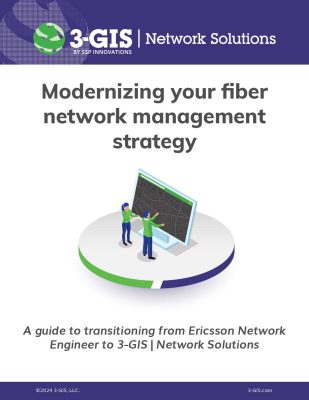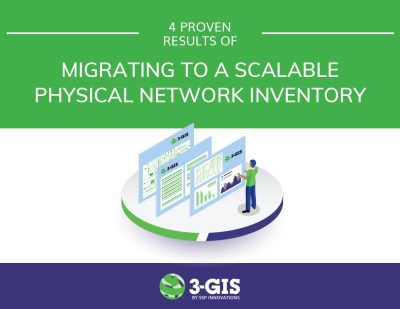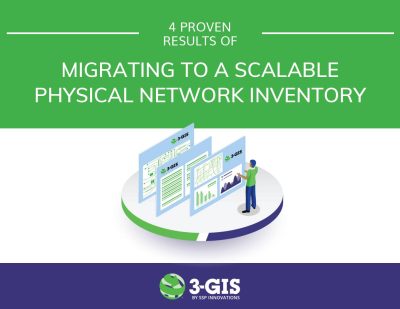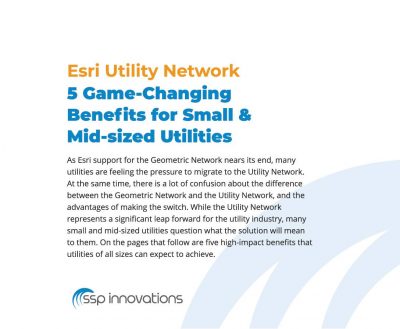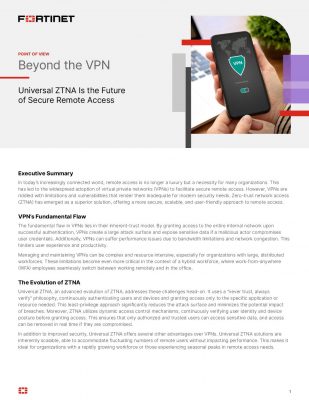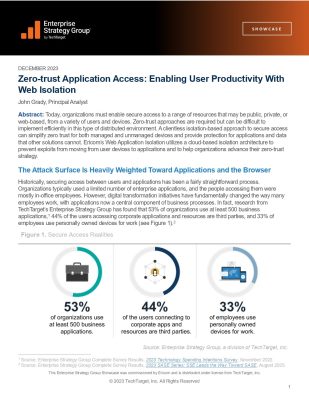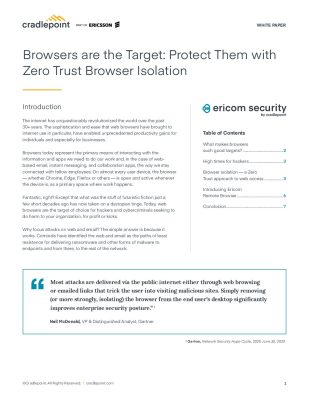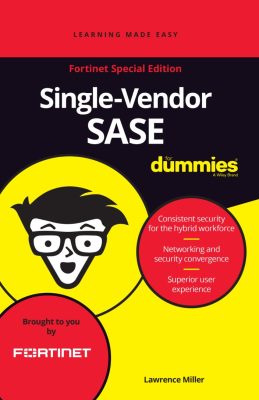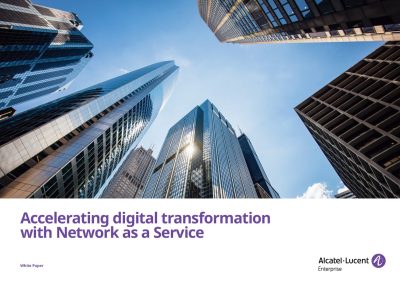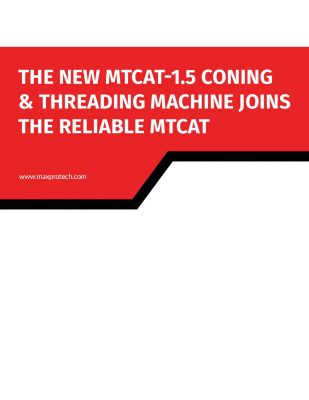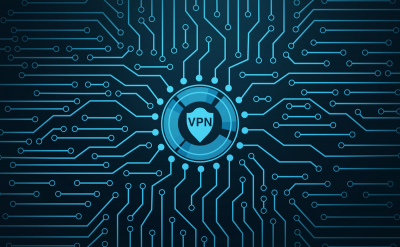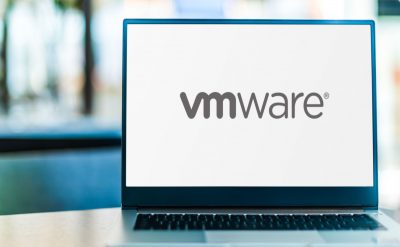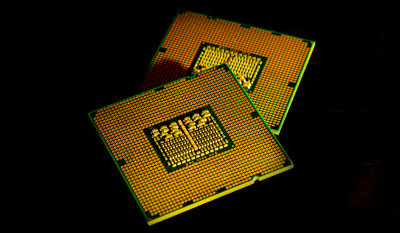SASE journey begins
By now, most of us, or we can say most networking folks are aware of SD-WAN (Software-Defined Wide Area Network). And of course, just when everybody is aware, comfortable, and trying to discover it….there it is, a blast in the tech world, Boom.
What?….things change. And we see the market evolve. And the new baby is born, SASE – Secure Access Service Edge and usually pronounced as “sassy” – the classy.
Everyone is in shock and trying to understand this new tech, and the first step is planning. Planning plays a crucial role in getting started with the latest technology.
In this blog, we are going to see planning and plotting for SASE.
Best time to migrate to SASE
Migrating to SASE is not an easy job because it needs a lot of planning and time. So, why wait, before it’s late!
As per experts, the correct time for migration would be before digital transformation; it’s ok if we migrate it after transformation. But you are aware that experts are always right!
SASE is known to offer great value to an organization, as it enhances IT’s ability to support business needs, efficiently manages unified network security, and delivers high throughput connectivity.
(If you want to brush your knowledge about SASE, you can read SASE – the Next Leap Forward. Reading this blog, you will get a basic idea of what exactly SASE is.)
Now, you might be thinking, are there any signs that will help you understand to start planning SASE migration.
Have a look –
Here are four signs that will help you to start planning SASE migration now:
1. Lack of agility
Here you will find that your present network is not flexible enough to adapt to new business changes. And also capable enough to fulfill upcoming initiatives such as fostering quick branch expansions, supporting new cloud workloads, and addressing the emerging mobile workforce.
2. Cumbersome security
You are overwhelmed by the heavily fragmented security solutions. You need to maintain, install, and manage several products to secure new and existing sites, data, applications, and users.
3. Restricted visibility
You are not aware of a complete picture of your network, thus difficult to control and manage application security and performance. Imagine finding out which Quality of Service (QoS) configuration needs to be adjusted without knowing the root cause of a voice quality problem.
4. Weak performance
The weak performance is nothing but complaints from employees regarding poor business application performance that indirectly affects their productivity. This is mainly apparent with latency-sensitive applications such as video and voice, and the situation for virtual workers only worsens.
There might be several other indications to start planning SASE migration. In a nutshell, if your network cannot support business needs and development plans, it is a clear sign that you must start your journey with SASE.
Discovering the budget for SASE migration
Many SASE vendors support a gradual migration process, during which a SASE platform may co-exist with legacy networks and security products – until they are completely retired. In short, this means one can allocate an already available budget instead of finding new budget resources.
Three powerful events that could fund your SASE migration
- Security appliance refresh
- MPLS (Multi-Protocol Label Switching) contract renewal
- Budgeted business programs
Three tips for your successful SASE migration
1. Abolish SASE wannabe vendors
The following architectural capabilities are present in genuine SASE vendors–
- Convergence
- Support for all edges
- Cloud-native architecture
- Worldwide presence
2. Make sure your SASE does not need any additional products
Additionally, make sure your SASE platform includes these capabilities –
- Built-in WAN optimization
- Enhanced threat prevention
- Global private backbone to guarantee network performance
- Cloud optimization
- Flexible management models
3. Set up a SASE PoC (Proof of Concept)
PoC is an ideal path to ensure that the vendor is keeping a promise to deliver SASE on time. Also, verify that PoC covers both security and SD-WAN capabilities.
How exactly SASE solutions will help keep employees and corporate assets
You might be thinking about how exactly SASE solutions will help keep employees and corporate assets protected in the new, distributed, and cloud-heavy workplace?
The following steps will help IT and security leaders navigate at least one corner of their SASE roadmap, i.e., concentrating on a path from legacy VPNs (Virtual Private Network) to modern zero-trust network access (ZTNA).
Step one: look at and identify fragmented legacy access
Step two: embrace zero trust
Step three: zero trust and the cloud
Step four: expanding zero trust
Step five: integrated SASE
Final verdict
SASE is the hottest buzzword in security and IT in 2021, but reaching it could feel a long way off. The above SASE journey will help you reach the finish line to get secure access for your business.
Gartner says, “Instead of the security perimeter being entombed in a box at the data center edge, the perimeter is now everywhere an enterprise needs it to be — a dynamically created, policy-based secure access service edge.”
The journey ends, and it’s time to say bye-bye….
Don’t forget to download our latest whitepapers on networking and SASE.
